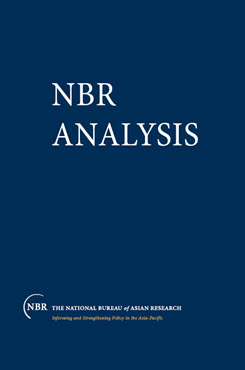Strategic Challenges for the United States in its Dealings with China at the Beginning of the Twenty-First Century
A set of broad assumptions are presented about the future behavior of those nations that most interact with the People’s Republic of China. Some of the enduring “problem sets” affecting China’s relations with its neighbors and with the United States are then examined, such as Beijing’s border disputes, arms export policies, and Taiwan. The article then examines how the United States might deal with these issues. Finally, some broad observations draw the various strands back together again.
Writing about the likely shape of U.S.-China relations a decade and more hence is a difficult challenge. Our era is at the cusp between-in retrospect-were the cold but strangely comforting certainties of East-West competition and conflict, and what may emerge from the collapse of the Soviet Union and its satellite empire. Most traditional security trend lines, from which we all tend to extrapolate, are now discontinuous.
A matrix of variables to account for the possible influences on new trends might be one way to proceed. The complexity of constructing such a matrix, however, pushed this article in a different direction. A set of broad assumptions are now presented about the future behavior of those nations that most interact with the People’s Republic of China. Some of the enduring “problem sets” affecting China’s relations with its neighbors and with the United States are then examined, such as Beijing’s border disputes, arms export policies, and Taiwan. The article then examines how the United States might deal with these issues. Finally, some broad observations draw the various strands back together again.


